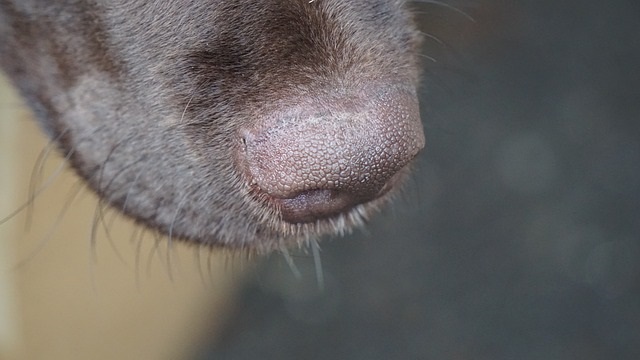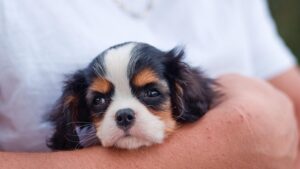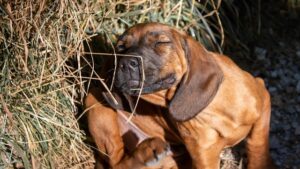Why Is My Dog’s Nose Dry? Causes and Care Tips (Vet Verified)
It’s an age-old concern for dog parents: You reach down to give your pup a scratch and notice their nose is warm and dry. Immediately, the question pops up: “why is my dog’s nose dry?”
It’s true that we associate a wet nose with good dog health, but it’s not always accurate. A dog’s nose can be affected by everything from the weather to their recent nap. However, persistent dryness can sometimes point to a problem.
This guide will help you differentiate between harmless dryness and signs that your dog needs a checkup.
Key Takeaways
- Wet Does Not Always Mean Healthy: A wet, cool nose is not the sole indicator of a healthy dog. A dry nose is often completely normal.
- Common Cause: The most frequent reason for dryness is simple dehydration or air exposure.
- When to Worry: Pay attention if the dryness is persistent, severely cracked, accompanied by discolored discharge, or paired with other signs of illness (lethargy, fever).
- Tracking Helps: Monitoring your dog’s water intake and overall rest/activity with a dog health tracker can help you identify dehydration or fever-related issues early.
Why Is My Dog’s Nose Dry?
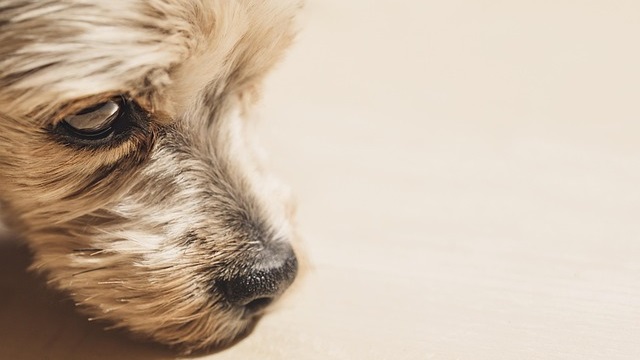
Dogs keep their noses moist primarily through licking and mucus production. When the surface moisture evaporates faster than it is replaced, the nose becomes dry.
When asking “why is my dog’s nose dry,” the answer is usually one of these three general reasons:
- Environmental Factors: lying in the sun, sleeping next to a fireplace or heat vent, or simply being outdoors in dry, cold air accelerates moisture loss.
- Temporary Dehydration: If your dog hasn’t had a drink in a few hours, the lack of moisture circulation can temporarily dry out the nose’s surface.
- Age and Breed: Some breeds, particularly those with short snouts, naturally have drier noses because they often cannot reach their noses with their tongue to lick them.
In most of these cases, the dryness is temporary, and the nose returns to normal on its own.
Why My Dog’s Nose Is Dry: Normal vs. Concerning Causes
To help you determine if you should be concerned, let’s distinguish typical, harmless reasons why a dog’s nose is dry and the medically relevant ones.
Harmless Causes
- Just Woke Up: Dogs don’t lick their noses while sleeping, leading to temporary dryness that usually disappears soon after they wake up.
- Sun Exposure: Prolonged sunbathing causes the skin to dry out and, sometimes, leads to mild sunburn.
- Wind Exposure: Being in a car with the window down or standing in cold, whipping winds accelerates moisture loss.
Medical Causes
- Dehydration or Fever: A very dry, warm nose often signals fever or dehydration.
- Autoimmune Diseases: Conditions like Discoid Lupus Erythematosus (DLE) or Pemphigus Foliaceus can cause severe crusting, depigmentation, and cracking of the nose.
- Severe Allergies: A strong, acute or chronic allergic reaction can manifest as inflammation, dryness, and discharge around the nose.
- Nasal Hyperkeratosis: An excessive buildup of keratin that causes thick, often cracked, crusty layers, particularly on the edge or rim of the nose.
“I got the Maven sensor for my 14-year-old Chihuahua mix with heart and trachea issues. It gave me back peace of mind – I can track her RRR, BPM, drinking, and activity anytime and know instantly if something’s wrong. Highly recommend!”
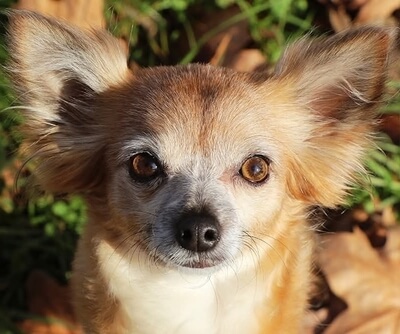
★★★★★
Chiara De Luca
Titti
Why Is My Dog’s Nose So Dry?
A nose that is excessively dry, hot, or visibly peeling is a stronger indicator of a health issue. If your dog’s nose is persistently and severely dry for a long time, it’s time to schedule a vet appointment.
Why Is My Dog’s Nose Dry and Cracked?
Here, the situation often moves past a simple environmental issue into the territory of a health condition.
Cracking, peeling, or crusting means the surface layer of skin (keratin) is significantly compromised.
Common Causes of Cracking/Crusting:
- Overproduction of keratin that creates a dense, calloused texture (hyperkeratosis).
- Severe dehydration and sunburn.
- Autoimmune diseases can cause severe crusting, loss of pigmentation, and deep fissures that can bleed.
If your dog’s nose is cracked, it can be painful and is susceptible to infection, so make sure to take your furry friend to the vet quickly.
When to Worry and Call the Vet
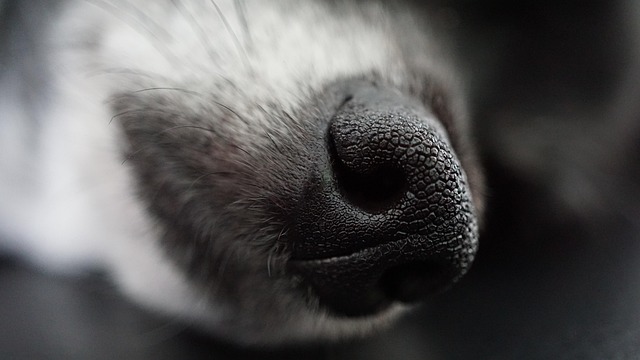
“A dry nose isn’t always a problem, but if it’s persistent, cracked, or paired with other symptoms, it can signal an underlying health issue that needs veterinary care. Owners should focus on the whole picture—is the dog drinking, eating, and acting normally? If not, the dry nose is likely just one symptom of a bigger problem.” — Joana Babo, DVM, Veterinarian at Maven Pet
While most dry noses are harmless, you should always contact your vet if the dryness is accompanied by these concerning signs:
- Any thick, green, yellow, or bloody nasal discharge.
- Fissures or cracks that are actively bleeding or look infected.
- Depigmentation (the nose loses color or develops white spots)
- Lethargy and appetite change
- Blisters or Lesions
- The dryness persists for more than a few days despite at-home care and adequate hydration.
Simple At-Home Care Tips
If your dog is healthy, you can safely manage mild dryness and prevent cracking with simple care:
- Ensure Hydration: Always have fresh, accessible water.
- Apply a Soothing Balm: Use a veterinary-approved nose balm or a pet-safe moisturizer formulated for dogs. Do not use human lotions, as they are often inappropriate for licking.
- Move the Bed: If your dog sleeps near a heat source or vent, move their resting spot to a cooler, more humid area.
- Switch Bowls: If you suspect contact dermatitis, switch from plastic to stainless steel or ceramic food and water bowls.
How the Maven Pet Health Monitor Helps Track Health Changes
Since conditions that cause a dry nose affect a dog’s overall behavior, tracking activity is huge help.
The Maven Pet Health Tracker allows you to monitor core wellness indicators that are related to a dry nose:
- Rest and Sleep: An increase in passive rest or sleep can signal a low-grade fever or pain.
- Activity Drop: A sudden decrease in activity, especially when correlated with a dry nose, could indicate your dog is feeling generally unwell.
- Drinking Habits: Using the pet health app to log water consumption allows you to quickly spot if your dog is under-hydrating, which directly impacts nose moisture.
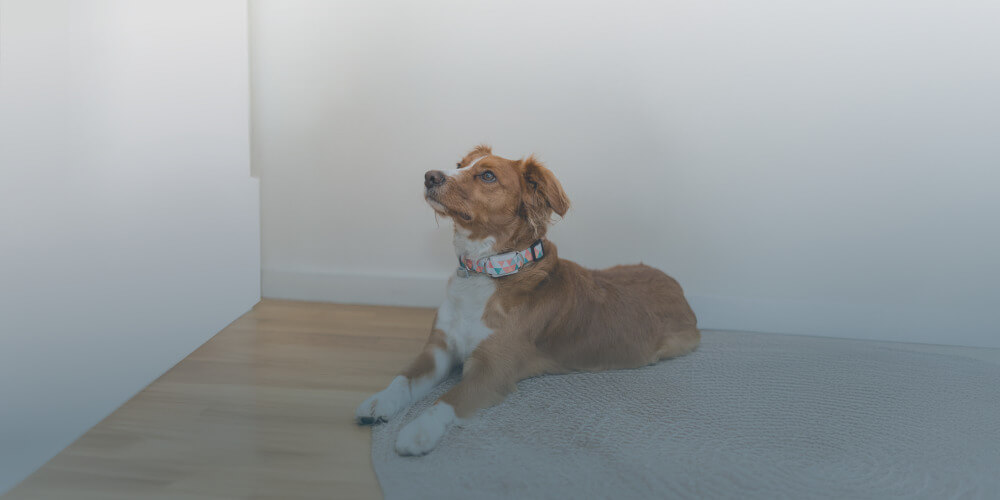
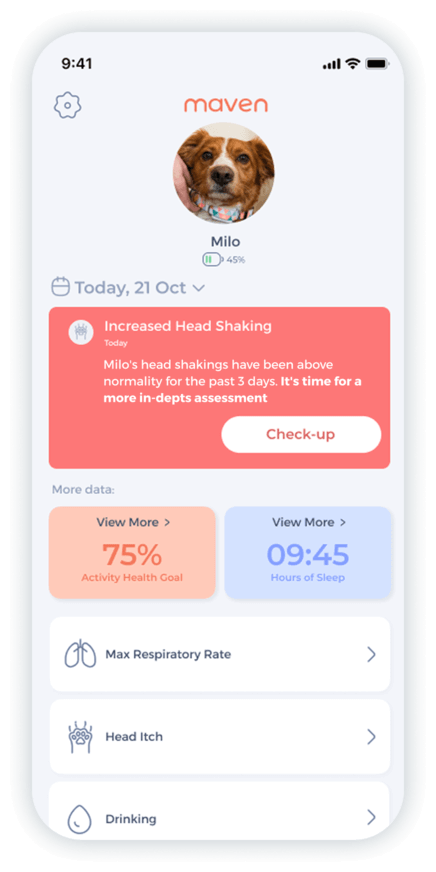
Monitor heart rate, respiratory rate, activity & rest, drinking, itch behavior.
By revealing these subtle changes in routine, the monitor helps you get ahead of potential issues before they become severe.
Takeaways Recap
- A dry nose can be normal, particularly after napping or sun exposure.
- Be proactive about hydration and use pet-safe nose balms for mild dryness.
- The red flags are cracking, bleeding, persistent crusting, or the presence of other symptoms like fever or lethargy.
- Tools like the Maven Pet Health Monitor help you track changes in rest and activity that may confirm that the dry nose is, indeed, a symptom of illness or dehydration.
- Always consult your vet when in doubt.
Maven Pet focuses on improving the quality of life of our pets with technology, using artificial intelligence (AI) to enable proactive pet care. By accurately collecting and monitoring pet data 24/7 and flagging any irregularities, Maven Pet empowers pet parents and veterinarians to stay ahead of potential health issues, ensuring the well-being and longevity of our beloved companions.

